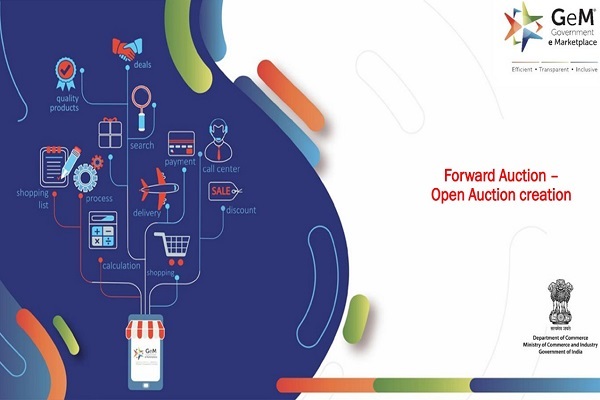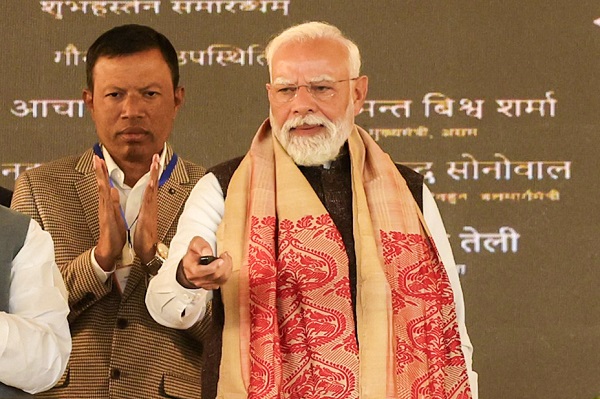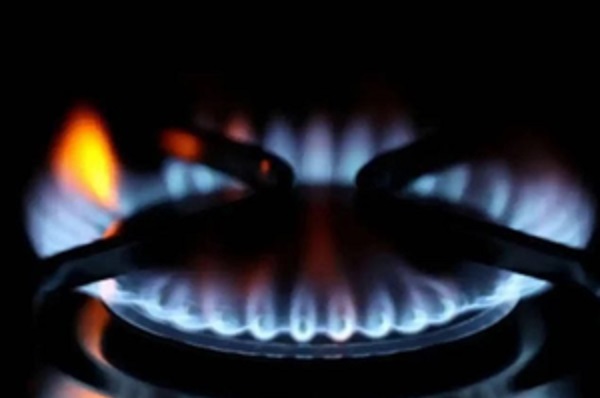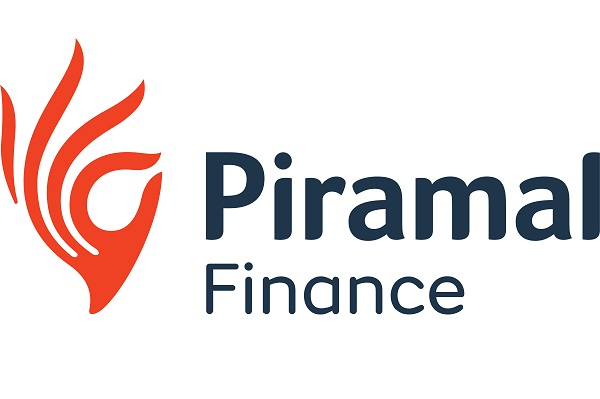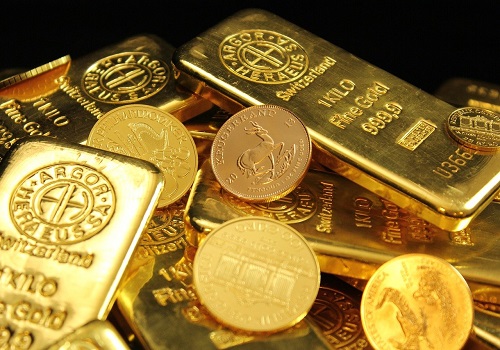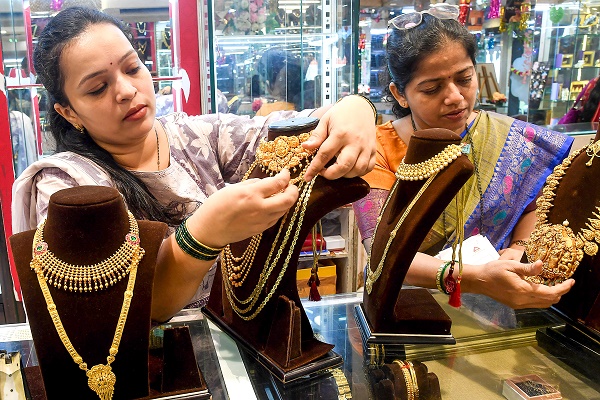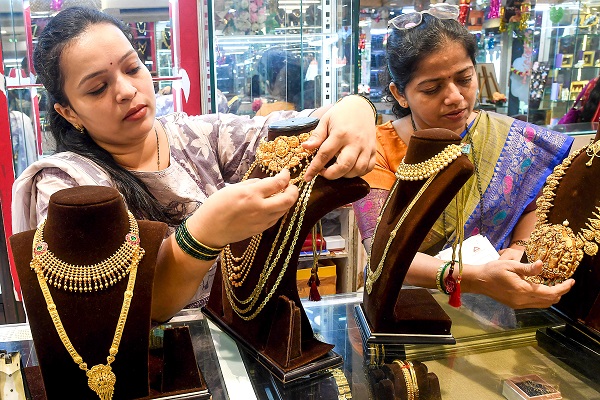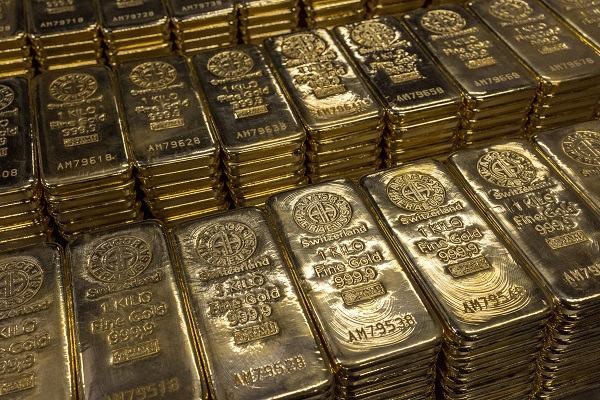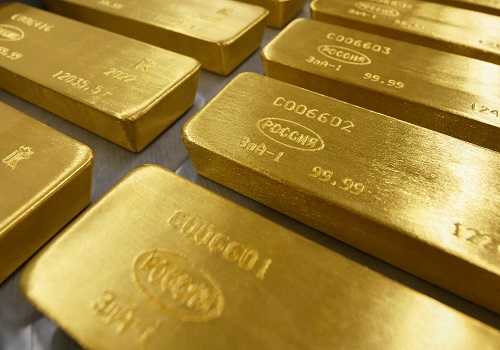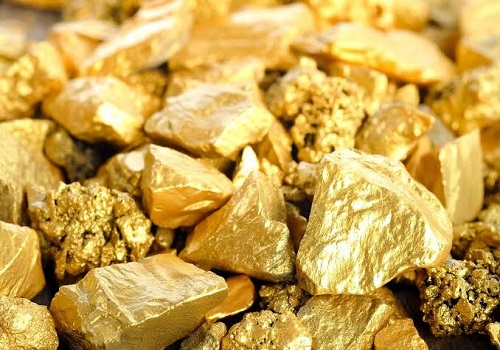Golden Dilemma: High Prices Cast Shadow on India`s Festive Gold Demand By Amit Gupta, Kedia Advisory

Central banks globally ramped up their gold reserves for the third straight month, countering earlier net selling. Notably, China and Poland led the buying spree, reflecting steady central bank demand. Meanwhile, in India, soaring gold prices are expected to dampen festive season purchases, potentially marking a three-year low, posing challenges for the world's second-largest gold consumer. As the global gold market experiences a tug of war between central banks' bullish acquisitions and India's subdued demand, the future of gold prices remains uncertain.
Highlights
Impact of High Gold Prices: The World Gold Council (WGC) pointed out that with gold prices reaching near-record highs, it may lead to reduced gold demand in India during the peak festival season. This could potentially result in the lowest purchase volumes in three years.
Potential for Lowest Purchase Volumes: The surge in gold prices is expected to dampen the demand in the December quarter, typically the period with the highest sales. Consequently, it could lead to significantly lower purchases compared to the previous year.
Festive Season Influence on Gold Demand: Traditionally, gold demand in India increases towards the year-end, coinciding with the festive season, including Diwali and Dusherra, which are culturally significant for gold purchases.
Price Impact on Purchasing Behavior: The current high prices are a significant influencing factor in consumer behavior. A substantial drop in prices closer to Diwali could potentially change the situation and boost demand.
Gold Price Trends: Gold prices in India have surged to nearly all-time highs, reaching 61,396 rupees per 10 grams, close to the previous high of 61,845 rupees. Last year, prices were nearly 20% lower during the December quarter.
Predictions for Gold Demand: Expectations are for a lower demand volume in the upcoming December quarter compared to the previous year's 276.3 metric tons.
Overall Gold Demand Trends: While the July-September quarter witnessed a 10% increase in gold consumption due to price corrections, the demand for gold from January to September decreased by 3.3%. The annual prediction for 2023 estimates a decrease in gold demand to around 700 metric tons, which would be the lowest in three years.
Increased Scrap Supplies: Higher gold prices have led some individuals to sell their old jewellery and coins, resulting in a 37% increase in scrap supplies in the first nine months of the year.
Forecast for Scrap Supply Trend: The trend of increased scrap supply is expected to continue in the December quarter if gold prices remain at the current levels.
Conclusion
In conclusion, the gold market exhibits a striking dichotomy, with central banks increasing their gold reserves steadily, underpinning the long-term trend of strong central bank demand. China and Poland are notable leaders in this resurgence. However, India, a key player as the world's second-largest gold consumer, faces a significant challenge as high gold prices are poised to curtail festive season demand, potentially reaching a three-year low. The global gold market's future remains uncertain, as it balances the weight of central bank acquisitions against India's subdued consumer sentiment, underscoring the ongoing impact of pricing dynamics on gold's allure as both an investment and a cultural symbol in India.


